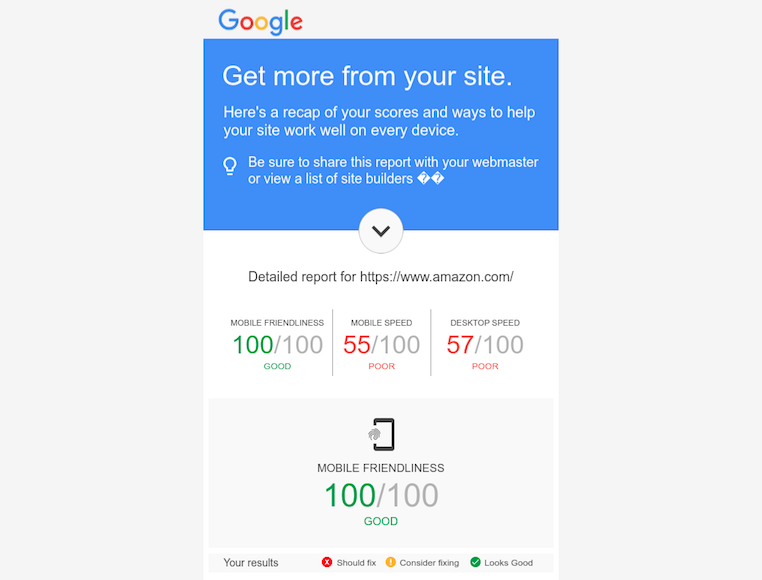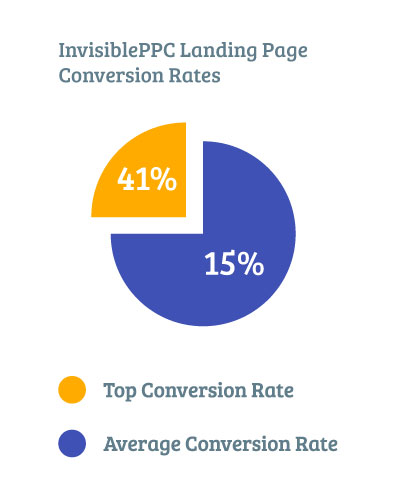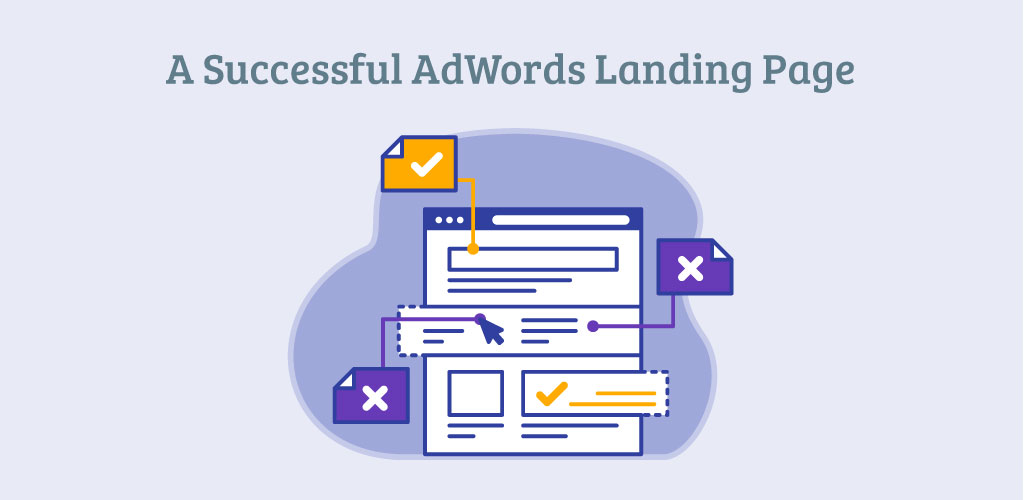Bring In The King: Landing Page Content
Why Landing Page Content is Important
Getting Technical: Landing Page Indexing
Meet The Matriarch: Mobile Friendliness
If content is the king, then mobile is the matriarch. If you have been dragging your feet with getting things fully compliant with the mobile world, you are soon going to be as obsolete and forgotten as the bag phone. You should know that mobile-responsive and mobile-friendly are not the same thing by definition. To be mobile-friendly, the page needs to automatically adjust for all device sizes and should also include mobile-friendly features such as a click-to-call phone number. There are additional aspects to a truly mobile-friendly page such as simplified navigation, condensed menus and less complicated forms, that people often don’t think entertaining. Before you finalize your landing page or website, be sure to check out the Google Ads Best Practices for mobile websites.
Test it Out!

It’s All About Them: User Experience
User experience is about how the user perceives and interacts with the page. If you look for the definition, you’ll see that there isn’t one simple, defined answer. You should really think about it in terms of a few questions. Is the landing page or website easy to use? Does the page or site valuable to the user? Is it frustrating to the user in any way? User Testing gives an extensive guide to the questions you should be answering when assessing user experience.
User Experience Landing Page Checklist:
- The most important information should be above the fold, where the user doesn’t need to scroll to see it.
- Key information such as logo, phone number, address, contact form, etc. should typically be in the page header or at the top of the page.
- The nature of the product or service and clear and compelling calls to action should be prominent, but not disruptive, and you guessed it, above the fold!
- The page should be easy to navigate, and users should be able to achieve what they want in as few clicks as possible.
- We all want instant gratification, so your page load time better be up to par; pages should load within one to two seconds.
- The look, feel, and color palette should be consistent with that of the brand. Don’t create a landing page identity crisis!
Where’s My Bodyguard: Security
Calling In For Backup: Additional Resources


